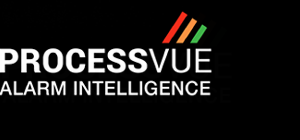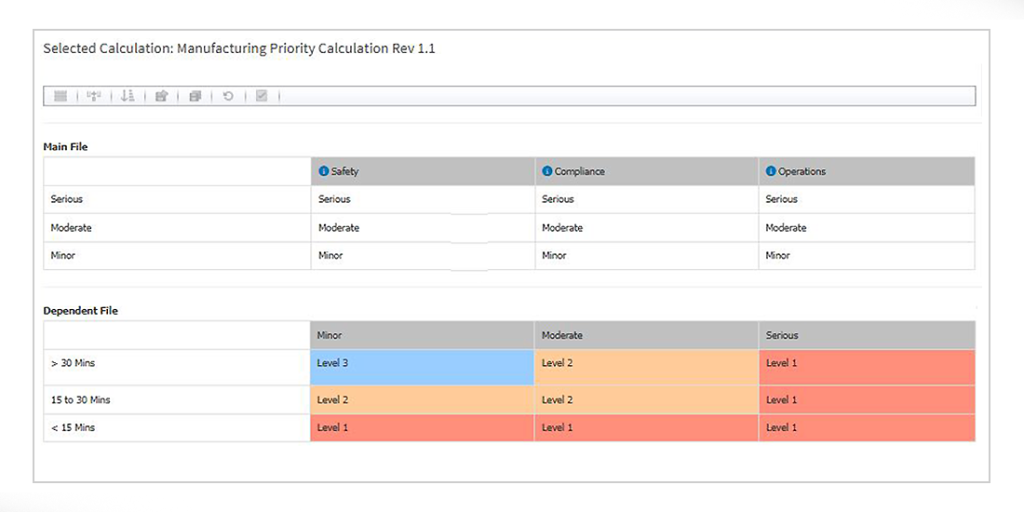Views
Introduction

One of the most immediate benefits of a MADb is its ability to standardise alarms across the entire organisation. Before implementing a MADb, it is common to find variations in how the same types of alarms are described or prioritised from one site to another. These inconsistencies often lead to confusion, inefficiencies, and occasionally, delayed responses during critical moments.
With a MADb you can implement a standardised alarm framework. Every alarm, regardless of where it’s triggered, is described and categorised in a consistent manner across the whole enterprise with approved sets of alarm response procedures. This common language will simplify training, improve operator understanding, and create uniformity in how alarms are perceived and managed.
Having a standardised set of alarms means that anyone in the organisation can work with any site’s alarm system confidently, knowing that the alarms follow the same structure. It reduces the need to relearn or recalibrate for different sites and ensures that responses to alarms are swift and based on a universal understanding.
Standardisation doesn’t just apply to alarm descriptions—it’s equally critical when it comes to prioritisation. In my experience, before using a MADb companies often face the issue of alarms having different priority levels at different sites, even though they are addressing the same event. This lack of consistency causes major operational problems, especially when cross-site coordination is necessary.
With a MADb, companies can align alarm priorities across the entire enterprise. This means that critical alarms are treated with the same level of urgency at every location, ensuring consistency in how they handle emergencies or important operational issues. Whether a team is responding to an equipment failure, a safety hazard, or a production anomaly, the priority is clear and consistent.
The aligned priorities help eliminate confusion and streamline decision-making. No matter where an alarm originates from, we know exactly how critical it is and can take the necessary actions immediately. It’s been cited as a game-changer for improving response times and ensuring that critical alarms are never overlooked.
While standardisation and aligned priorities are essential, it’s also important to recognise that not all sites have the same operational demands. Each location might follow a unique alarm philosophy based on its specific risks, equipment, or production goals. That’s where the flexibility of a MADb like ProcessVue Guardian really shines.
A MADb which encompasses flexible priority matrixes allows us to tailor the alarm priority for each individual site. This means that while the structure and framework of alarms are standardised, the priority levels can be adjusted to reflect each site’s unique needs.
What I find most valuable about this system is that you can manage a site’s alarm configuration from a central location with full confidence you are adhering to the site’s specific priority matrix. Whether rationalising alarms, adjusting priorities, or making changes, the system ensures that everything aligns with the site’s tailored alarm philosophy. This ability to customise priorities while maintaining standardisation makes your alarm management process far more flexible and effective.
One of the biggest operational advantages of using a MADb like ProcessVue Guardian is the ability to manage alarms from a central location without losing sight of individual site needs. A MADb that doesn’t provide tailored priority matrixes can make it challenging when making modifications remotely because customers cannot always be sure they are applying the correct priorities for each site.
Customers who leverage an MADb like ProcessVue Guardian, can adjust or fine-tune a site’s alarm configuration from head office with complete confidence. The alarm priority matrix specific to that site is embedded into the system, so any updates or rationalisations they make follow the site’s unique rules. This central oversight allows for greater efficiency and eliminates the need for on-site intervention every time a change needs to be made.
The process of rationalising alarms—ensuring that every alarm is necessary and set at the correct priority level—has become far more streamlined thanks to the MADb. In the past, alarm rationalisation could be a time-consuming and disjointed process, especially when multiple sites had conflicting configurations.
With a MADb, rationalising alarms is much more efficient. Companies can now evaluate alarms across the enterprise while respecting each site’s specific alarm philosophy. This will help companies reduce unnecessary alarms, cut down on alarm fatigue, and focus on the alarms that truly matter. Centralised rationalisation also ensures that every alarm configuration adheres to both global standards and local needs.

Implementing a Master Alarm Database and central alarm management can transform the way a company handles alarms across its organisation. It brings standardisation, ensuring that all alarms follow a uniform structure and are prioritised consistently. At the same time, the ability to tailor each site’s alarm priority matrix means that you never lose sight of individual site needs. You can work on any site’s alarm configuration with confidence from a central location, knowing that you will be using the correct priority matrix for that site. Beyond that, central governance of alarms offers even more benefits. It enhances the overall awareness and understanding of how alarms are configured and managed across the organisation. Operators, engineers, and decision-makers can all learn from similar alarm setups across sites, which helps identify best practices and allows lessons to be shared and applied universally.
This approach not only improves alarm response times and safety but also enables us to optimise our alarm systems continuously. The combined power of central governance and a Master Alarm Database has brought consistency, clarity, and control to alarm management, which has improved both operational efficiency and organisational confidence. If you’re looking to streamline alarm systems across multiple sites, I can confidently say that central alarm management paired with a Master Alarm Database like ProcessVue Guardian is a great place to start.

